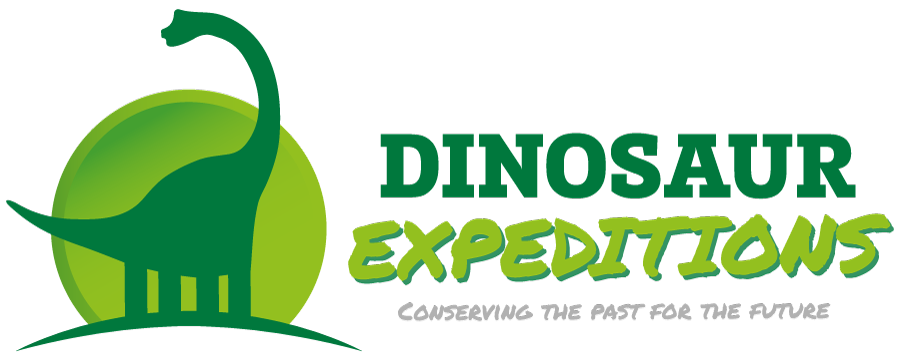A crazy fortnight at the Dinosaur Farm!
We have had late nights, and even earlier starts.
Turned cabinets around and dug over old ground.
Old friends have returned and we have made new ones too.
A Euro cent passed off and paper vanished from the loo.
We have had a bird in the barn and a duck through a roof.
A pterosaur limb and a pterosaur tooth.
We have mounted heads on a wall, stood over ten feet tall.
We have had record-breaking trips and generous tips,

Old foot-casts were buried and new ones found.
Ceilings went up and ceilings came down.
VIP guests came with stories to tell
and travelling salesman with books to sell.
A purse lost, then found and a picture drawn by a kid.
A huge dinosaur claw won by a last minute bid.
A barn emptied, a barn filled and then emptied again.
Tired feet, a split thumb and Miss Hernia pain.

A Mad Max Digger, new fences for old.
Glorious sunshine and bitterly cold.
We have had serious meetings and heated discussions.
Made plans for events and entertained factions.
Identified mystery bones and bags of kids stones.
Built impossible storerooms and confiscated brooms.

A big tooth, a little tooth, new artwork, new labels.
And we still haven’t finished the fossil preparation tables!
OM
Next time there will be more updates on the Polacanthus sculpt and I promise not to inflict my terrible prose on you ever again.














































